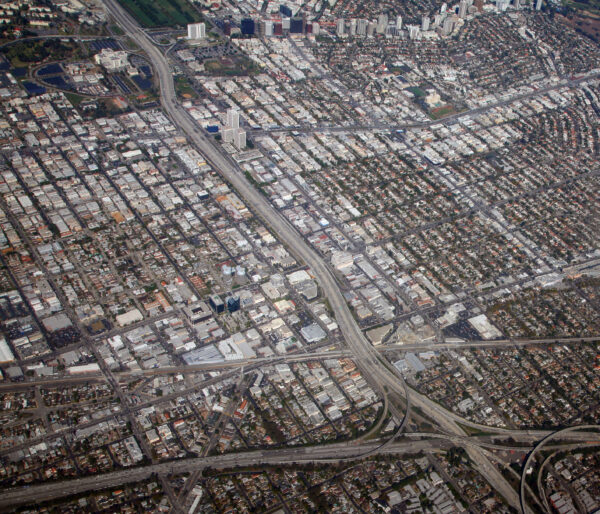
Sawtelle Japantown, Los Angeles – a quaint neighborhood in West LA just as big as its downtown counterpart. Born from its historical Japanese population in the early–mid 20th century, Sawtelle Japantown is a cornerstone of Japanese American history and culture, particularly in Los Angeles. With trendy Japanese restaurants and shops dotting its 1.48 square miles, Sawtelle Japantown continues to be a popular destination for young adults, similar to Little Tokyo. Both areas are small, Japanese–oriented communities located in walkable areas, which bears the question: which Japanese community is better to live in? Before we answer that question, we must know where Sawtelle Japantown came from.
Unlike most other ethnic enclaves in Los Angeles, Sawtelle Japantown was not one of the original destinations for immigrants–it attained its Japanese population in the 1910s as a result of discriminatory policies in the rest of Los Angeles that forbade Asian residents from owning property. The neighborhood continued to attract Japanese immigrants who were denied citizenship or who couldn’t buy land until 1952. These immigrants set up shops, businesses, and institutions that supported Japanese migrants, such as the Japanese Institute of Sawtelle. Many of the early residents took up farming despite the aforementioned restrictions, though little remains today as a result of WWII.
The relocation of Japanese residents led to a population decline that the neighborhood would never recover from. Without an established Japanese population, empty shops and buildings became prime real estate for new real estate development done mostly by wealthy White residents. Many of the historical and culturally significant buildings were torn down to make way for new luxury apartments. The increase in construction did increase the population, but at the cost of pushing out the existing ones; though Sawtelle Japantown had always been a working class community the recent arrivals tended to be wealthier and younger. The construction acted as a double edged sword–on one hand, it provided new business opportunities and revitalized the region, making it more attractive to wealthier residents; but on the other, it nearly destroyed the cultural significance of this Japantown, a story shared by many other Asian ethnic enclaves.
The “reconstruction” of Sawtelle Japantown gets us to where we are today–as one of the more diverse neighborhoods in Los Angeles, the region is home to a variety of cultural amenities aimed towards Japanese residents. Along Sawtelle Blvd, one can find multiple Japanese restaurants on each street, with the Hashimoto and Yamaguchi nurseries preserving a bit of Japantown’s farming past. One can get to the neighborhood through the LA Metro E and D line in the future, though it is a bit of a walk from either station to get there. The location is very attractive for graduate students at UCLA looking for cheaper renting options, commuters who work in more expensive places but don’t have the option of living where they work, and wealthy Angelenos who are able to bask in the affluence of West LA. Being one of the most walkable places is another benefit for residents as well, particularly for young adults as reflected by the community’s age demographics. With all the construction occurring in the mid to late 20th century, Sawtelle Japantown isn’t going to be expanding anytime soon in the future, as reflected by its paltry amount of ongoing construction.
Both Little Tokyo and Sawtelle Japantown have reached the peak of their expansion, and there are many overlapping similarities between the two. Both are in very walkable and geographically important locations; both have good access to public transit, although Little Tokyo has the advantage of being located closer to LA Union Station; and both are immersed in cultural amenities that appeal greatly to teenagers and young adults. Little Tokyo may be more desirable due to how close it is to LA’s financial district and civic center, which are major job centers, but this benefit is weighed down by its higher crime rate as a result of being located next to Skid Row. All in all, neither neighborhood is outright better than the other, and it ultimately comes down to one’s preference, career, and safety when deciding which neighborhood to live in. As for me, a college student, I am more fond of the hustle and bustle of Downtown Los Angeles, and the sheer convenience of transportation in the region is more than enough to take me across Los Angeles–which includes UCLA when the D Line extension is complete in 2027.
(Photo Credit: Doc Searls licensed under the Creative Commons Attribution-Share Alike 3.0 Unported License)








